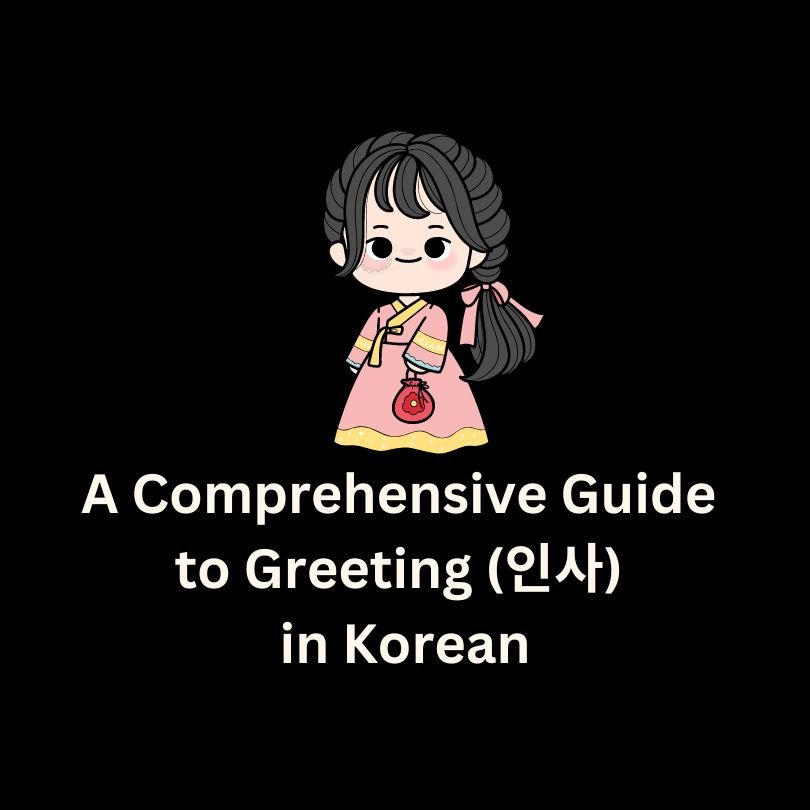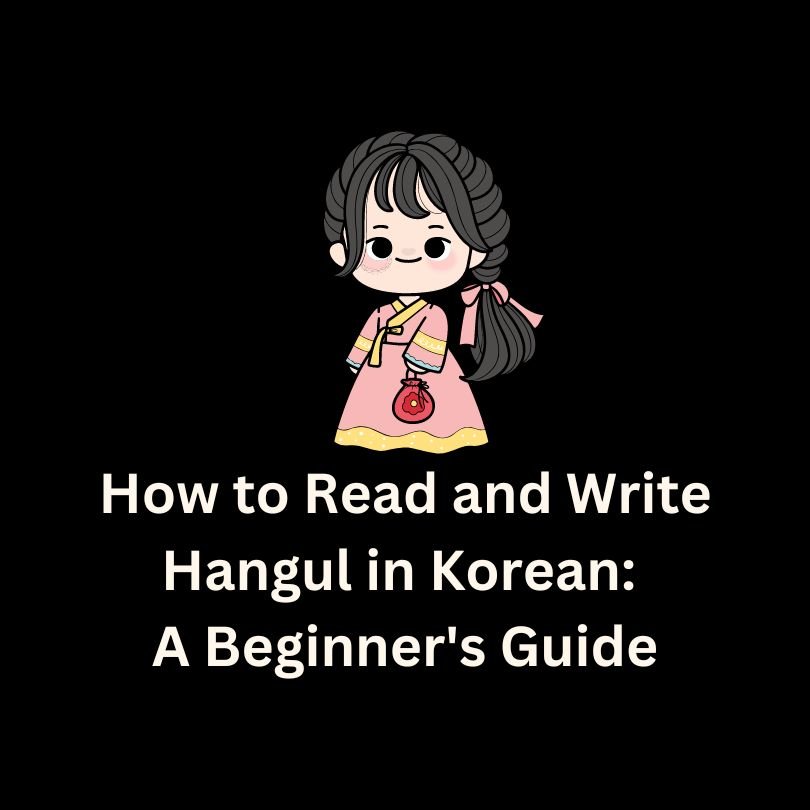Korean Grammar Basics: A Beginner’s Guide
Learning Korean grammar can be a fascinating journey as it opens up a new world of language structure and cultural understanding. Korean grammar is known for its logical and systematic nature, which can be quite different from English. In this article, we will explore the basics of Korean grammar, including sentence structure, verb conjugation, particles, and honorifics, to provide you with a solid foundation for further learning.
Sentence Structure
The basic sentence structure in Korean is Subject-Object-Verb (SOV). This means that the verb always comes at the end of the sentence, unlike the Subject-Verb-Object (SVO) structure used in English.
Example:
- English: I eat apples.
- Korean: 나는 사과를 먹어요. (Naneun sagwareul meogeoyo.)
- 나는 (naneun) – I (subject)
- 사과를 (sagwareul) – apples (object)
- 먹어요 (meogeoyo) – eat (verb)
Verb Conjugation
Korean verbs are conjugated based on tense, politeness level, and sometimes formality. The root of the verb remains the same, but endings change to reflect these aspects.
Basic Tenses:
- Present: 먹다 (meokda) – to eat
- 먹어요 (meogeoyo) – eat (present polite)
- Past: 먹었다 (meogeotda) – ate
- 먹었어요 (meogeosseoyo) – ate (past polite)
- Future: 먹을 것이다 (meogeul geosida) – will eat
- 먹을 거예요 (meogeul geoyeyo) – will eat (future polite)
Politeness Levels:
Korean has several levels of politeness, which are crucial in everyday conversation. The most common levels are:
- Informal polite: 먹어요 (meogeoyo) – eat
- Formal polite: 먹습니다 (meokseumnida) – eat
Particles
Particles are essential components in Korean grammar. They are attached to nouns to indicate their grammatical function in the sentence. The most commonly used particles include subject particles, object particles, and topic particles.
Subject Particles:
- 이/가 (i/ga): Used to mark the subject of the sentence.
- 이: Attached to nouns ending in a consonant.
- 책이 (chaeki) – the book
- 가: Attached to nouns ending in a vowel.
- 사과가 (sagwaga) – the apple
- 이: Attached to nouns ending in a consonant.
Object Particles:
- 을/를 (eul/reul): Used to mark the object of the sentence.
- 을: Attached to nouns ending in a consonant.
- 책을 (chaekeul) – the book
- 를: Attached to nouns ending in a vowel.
- 사과를 (sagwareul) – the apple
- 을: Attached to nouns ending in a consonant.
Topic Particles:
- 은/는 (eun/neun): Used to mark the topic of the sentence.
- 은: Attached to nouns ending in a consonant.
- 책은 (chaekeun) – the book
- 는: Attached to nouns ending in a vowel.
- 사과는 (sagwaneun) – the apple
- 은: Attached to nouns ending in a consonant.
Honorifics
Honorifics are a significant aspect of Korean grammar, reflecting the hierarchical nature of Korean society. They show respect towards the person you are speaking to or about. Honorifics are often used in verbs, nouns, and pronouns.
Honorific Verbs:
- 드시다 (deusida): to eat (honorific)
- Example: 할아버지께서 드세요. (Harabeojikkeseo deuseyo.) – Grandfather eats.
Honorific Titles:
- 씨 (ssi): Mr./Ms.
- Example: 김 씨 (Kim ssi) – Mr. Kim
- 선생님 (seonsaengnim): Teacher
- Example: 선생님 (seonsaengnim) – Teacher
Negation
To make a sentence negative in Korean, you can use either 안 (an) before the verb or the verb ending -지 않다 (ji anta).
Examples:
- 먹다 (meokda) – to eat
- 안 먹다 (an meokda) – to not eat
- 먹지 않다 (meokji anta) – to not eat
Question Formation
Forming questions in Korean is straightforward. You simply add a question mark or change the intonation at the end of the sentence.
Examples:
- 먹어요? (meogeoyo?) – Are you eating?
- 이거 뭐예요? (igeo mwoyeyo?) – What is this?
Practice Exercises
To reinforce your understanding of Korean grammar basics, try these exercises:
- Translate the following sentence to Korean:
- “I am a student.”
- Answer: 저는 학생이에요. (Jeoneun haksaeng-ieyo.)
- Change the sentence to past tense:
- “I ate an apple.”
- Answer: 나는 사과를 먹었어요. (Naneun sagwareul meogeosseoyo.)
- Form a question:
- “Is this a book?”
- Answer: 이거 책이에요? (Igeo chaek-ieyo?)
Conclusion
Mastering the basics of Korean grammar is an essential step towards becoming proficient in the language. By understanding the sentence structure, verb conjugations, particles, and honorifics, you will be well-equipped to form correct and meaningful sentences in Korean. Regular practice and immersion in the language will help reinforce these concepts and make learning Korean an enjoyable experience. Happy studying!



